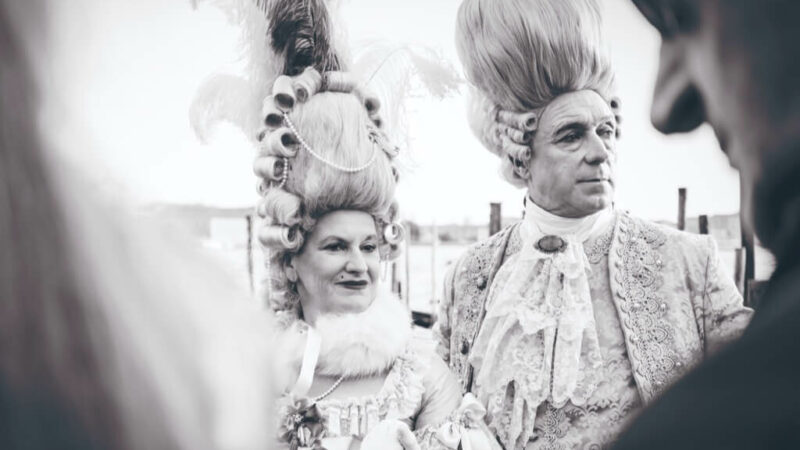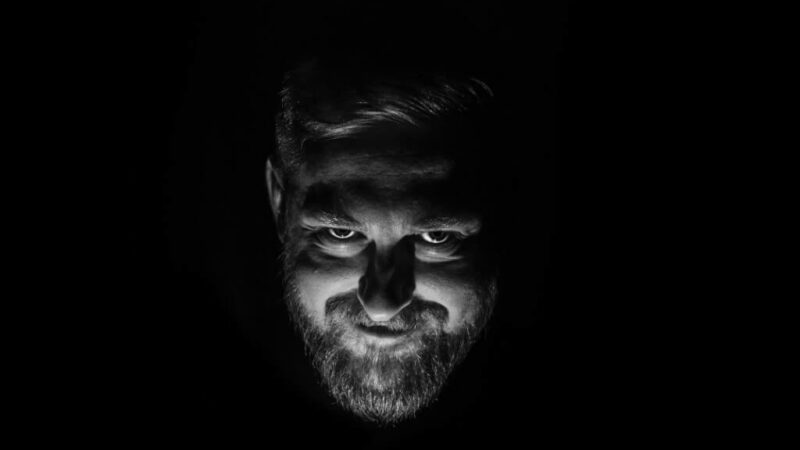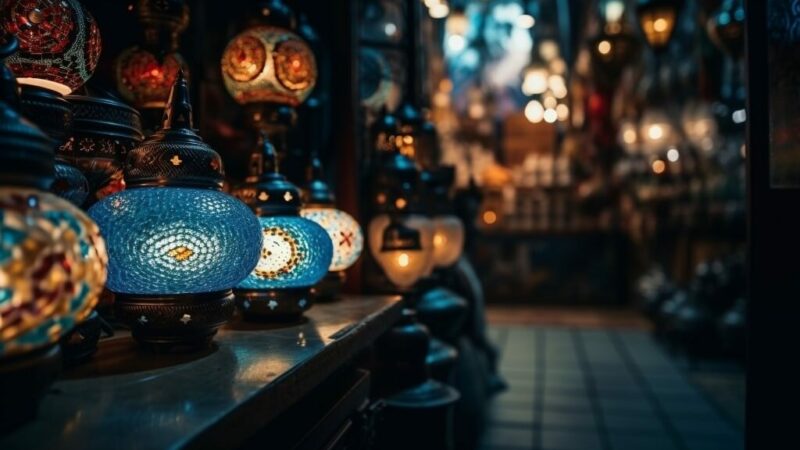It may seem like the stuff of novels or movies, but being mistakenly declared dead
The Mystique of Coca-Cola’s Secret Recipe

In the world of soft drinks, Coca-Cola reigns supreme. Its iconic taste, marked by a perfect blend of sweetness and fizz, has captivated the taste buds of millions for over a century. But one aspect of Coca-Cola that has consistently piqued curiosity is the legendary secrecy surrounding its recipe. The notion that only two people in the world hold the key to this cherished formula is a tantalizing tale, deeply ingrained in popular culture. However, as we embark on a journey to uncover the truth, we’ll delve into the history, the myths, and the intriguing details surrounding the enigmatic Coca-Cola recipe.
Separating Fact from Fiction
Let’s kick things off by dispelling one of the most enduring myths about Coca-Cola—the belief that just two individuals possess the sacred knowledge of its secret recipe. While this narrative has been perpetuated by various sources and even fueled by Coca-Cola’s own marketing campaigns, the reality is far more complex.
To maintain the colossal production of Coca-Cola syrup, which slightly varies in ingredients across different regions, a considerably larger group of individuals must possess at least partial knowledge of the recipe. After all, relying on just two people to safeguard such a valuable formula would be a recipe for disaster. Imagine if one of them were to meet an unfortunate fate without leaving behind a record of the formula!
The truth lies in the logistics of production. Accountants, especially those in higher positions, would likely have insights into the ingredients of Coca-Cola. Invoices would create a comprehensive paper trail, facilitating the discovery of the ingredient list. Furthermore, determining the proportions of each ingredient would be a challenge but not an insurmountable one, given the relative volumes of ingredients ordered and the syrup output from factories.
While some employees may have deduced parts of the recipe, the exact number of people with full knowledge of the secret remains a mystery. Even the marketing manager of Coca-Cola, Jacquie Wansley, admits that she doesn’t possess this precise information. The secrecy shrouding the Coca-Cola recipe is a well-guarded corporate tradition.
From Humble Beginnings to Secrecy: The Coca-Cola Origin Story
To comprehend the mystique surrounding the Coca-Cola formula, we must journey back in time to its inception. The drink’s original creator, John Pemberton, initially formulated it as a response to the prohibition of alcohol in Atlanta, Georgia, in 1886. Originally known as “Pemberton’s French Wine Coca,” this concoction contained alcohol. John Pemberton, aided by Willis Venable and Frank Mason Robinson, modified this recipe to create Coca-Cola, a non-alcoholic alternative.
One of these three individuals would have been the second person aware of the recipe, making it clear that more than just two people knew its contents from the beginning. As time progressed, the circle of those in the know only expanded further.
The Asa Candler Era: Secrecy Intensifies
The secrecy surrounding the Coca-Cola formula reached new heights when Asa Candler purchased exclusive rights to the recipe in 1891. This marked a pivotal moment in the history of Coca-Cola. Prior to Candler’s acquisition, John Pemberton had sold the original formula to multiple companies, resulting in a broader dissemination of the recipe. However, Asa Candler took a different approach.
Candler allegedly ordered the destruction of all known copies of the recipe and relied on select employees to memorize it. While this strategy may have worked temporarily for a smaller company, it was far from sustainable for the global beverage giant that Coca-Cola would eventually become.
The Recipe’s Resurrection
The recipe’s physical form was resurrected when the Coca-Cola Company changed hands in 1919. This marked a pivotal shift in the secrecy surrounding the formula. However, Coca-Cola has at times asserted that the recipe was never written down until 1919. This claim seems dubious, given the practicality of writing down a recipe for a product as complex as Coca-Cola, especially during its early days of development.
John Pemberton, the original creator, would undoubtedly have recorded his experiments and formulas during his quest to find a cure for morphine addiction, one of which led to the creation of Coca-Cola. Additionally, when teaching the recipe to others, whether those he sold it to or individuals tasked with its production, it would have been more efficient to document the formula rather than rely solely on oral transmission.
While Coca-Cola vehemently denies the existence of any written copies of the recipe, certain claims challenge this assertion. For instance, in 1996, the great-grandson of Frank Mason Robinson, the man who named Coca-Cola and designed its cursive logo, claimed to possess a hand-written document containing the recipe. This document became the subject of a divorce settlement as Robinson’s wife asserted that he had given it to her as a wedding present.
Coca-Cola consistently refutes such claims, but there is no way to definitively verify their veracity without the company revealing the recipe itself. The steadfast secrecy maintained by Coca-Cola only adds to the allure of the myth.
Brand Loyalty and the Coca-Cola Phenomenon
The enduring success of Coca-Cola goes beyond the closely guarded recipe. It hinges on something far more profound—brand loyalty. The emotional attachment people have to Coca-Cola transcends its ingredients. Even if a rival brand were to replicate the exact taste, most consumers would still choose Coca-Cola due to their unwavering loyalty.
Consider the short-lived New Coke debacle. Despite New Coke consistently outperforming Old Coke in taste tests, consumers fervently rallied for the return of the original formula. The power of brand loyalty was undeniable, proving that taste alone couldn’t dethrone the beloved classic.
The Coca-Cola Ingredient Uniqueness
Attempting to replicate Coca-Cola isn’t just a matter of uncovering its secret recipe. In the United States, to produce a truly identical product, one would require access to a critical ingredient that only one company possesses—the coca leaf. Currently, Stepan Co. is the sole entity permitted to import coca leaves into the United States. They process these leaves to create a cocaine-free extract sold to Coca-Cola and the cocaine itself to the pharmaceutical company Mallinckrodt.
For any aspiring competitor, persuading Stepan Co. to supply them with this crucial ingredient would be a formidable challenge, given Coca-Cola’s substantial influence. The distinctive coca leaf component sets Coca-Cola apart, making replication a daunting task.
A Recipe for Intrigue
As we conclude our exploration of the enigmatic Coca-Cola recipe, we find ourselves in a world where fact and myth intertwine. While Coca-Cola continues to assert that only a select few are privy to the formula, the legends of handwritten recipes and secret vaults persist. The allure of Coca-Cola’s secrecy is as intoxicating as the beverage itself.
Ultimately, the Coca-Cola recipe remains a testament to the power of branding, loyalty, and the enduring appeal of an iconic soft drink. While we may never uncover the exact ingredients that make Coca-Cola so irresistible, its place in the pantheon of global brands is unquestionable. The recipe, whether guarded by two or a few, remains a symbol of mystery and fascination in the world of beverages.

The five-day, 40-hour work week, a cornerstone of modern employment practices, has a fascinating history

Dreams are a universal human experience, yet their nature can significantly vary among individuals, especially

Have you ever heard of a telephone made out of a cat? No, it’s not




